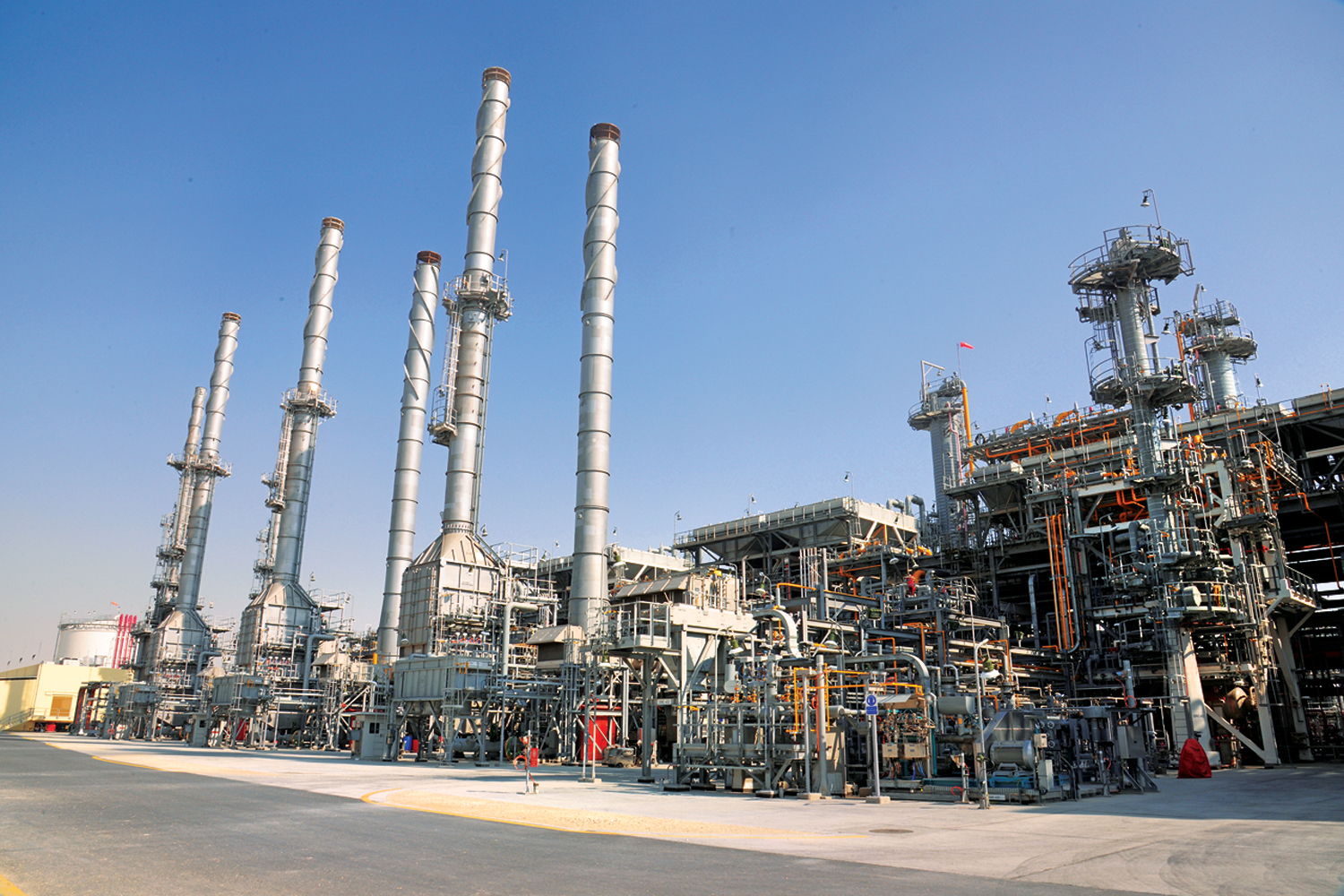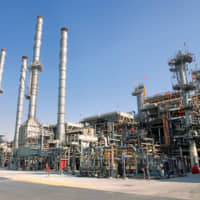Bahrain is making many investments in its downstream hydrocarbon sectors to add value to its resources and advance its economy. A notable factor in these investments is the kingdom’s openness to joint ventures and building long-term relationships with international partners. One of its largest recent investments went on stream in 2018: a major expansion of the gas processing capability of Bahrain National Gas Company (Banagas). Set up in 1979, 75 percent of Banagas is owned by Bahrain’s oil and gas holding company nogaholding, while Chevron Bahrain and Kuwait’s Boubyan Petrochemical Company each hold a 12.5-percent stake. Banagas’ liquid petroleum gas facilities add value to associated gas that Tatweer Petroleum extracts from oil wells. Until a short while ago, it was turning 300 million standard cubic feet a day (mmscfd) of this gas into 3,000 barrels a day (bpd) of propane, 3,200 bpd of butane and 4,500 bpd of naphtha. However, as a result of Tatweer’s excellent performances, Bahrain’s oil wells are producing significantly more gas than Banagas can handle.
To take advantage of this, Banagas has invested in its third gas processing plant, said its CEO Shaikh Mohamed bin Khalifa Al Khalifa: “We have doubled Banagas’ gas-handling capacity to 650 mmscfd and made it a pillar of Bahrain’s hydrocarbon economy.”
Banagas entrusted Japan’s JGC Corp. with the contract to build the new facility, which was delivered on time and below budget. “Banagas has had a long and prosperous relationship with JGC since 1979, when it constructed our first processing plant and storage facilities. In 1989, it also built our second plant through an engineering, procurement and construction contract. This expansion has further strengthened that relationship,” said Al Khalifa.
Huge potential in petrochemicals
Banagas’ products are exported worldwide, with most being shipped to Asia for fuel or as feedstock for petrochemicals. One way Bahrain wants to add value to its hydrocarbons is by advancing its own petrochemical industry. “There are giant opportunities for Japanese investors,” said Al Khalifa; “These products go into everything we consume and Japan has not invested a lot in petrochemicals yet.”
At the heart of this burgeoning sector is Gulf Petrochemical Industries Co. (GPIC). “It was founded in 1979 to manufacture fertilizers and petrochemicals from Bahrain’s gas. It’s owned equally by nogaholding, Saudi Basic Industries Corp.and Kuwait’s Petrochemical Industries Co. We manufacture ammonia, methanol and granular urea products, which mainly go to Asia,” said GPIC’s president, Dr. Abdulrahman Jawahery.
The partners ensure that facilities, products, operations and strategies are constantly updated to meet the expectations of a changing world. For example, GPIC is committed to adopting environmentally friendly technology. “Adding a urea plant in 1998 reduced carbon emissions, for instance, as did installing the Middle East’s first carbon-dioxide recovery unit in our methanol plant in 2007. Both were supplied by Mitsubishi,” noted Jawahery. GPIC’s investments aim to promote environmental protection, increase efficiency and raise capacity to take advantage of Bahrain’s proximity to the world’s biggest growth markets for fertilizers: Africa and Asia. In 2018, production started at a new $13 million urea-formaldehyde facility built by JGC. “Also in 2018, a cryogenic nitrogen unit was commissioned, we started installing high-technology loading-bay equipment and spent $40 million on a maintenance and improvement program,” he said.
These investments are paying off, according to Jawahery: “In 2018, GPIC maintained the highest levels of productivity, reliability and safety, achieving over 30-million accident-free man hours. We exceeded our production targets by 1.3 percent by manufacturing 1.5 million tonnes of products, and profits rose from $1 million in 2016 to $82 million.”
Innovative public-private partnership
Both Bahrain’s petrochemical and energy industries expect a large boost from the oil and gas discovery at Khaleej Al Bahrain. Until that is exploited, the government is concerned about energy security for its citizens and its thriving industrial sector, especially when it comes to gas. “That is where Bahrain LNG comes in,” said Owais Z. Ahmad, chief financial officer of the Middle East’s first regasification plant.
The innovative company is a public-private partnership between nogaholding, Teekay LNG Partners that is listed on the New York Stock Exchange, the Gulf Investment Corp. and South Korea’s Samsung. “We receive, store and re-gasify liquid natural gas (LNG),” he explained. “The government is entering agreements with multiple potential LNG sources. We will re-gasify it and send it to the grid,” added project director Tony Bingham.
The LNG will be kept in a floating storage unit (FSU) at an offshore terminal, while the re-gasified gas will go to the kingdom’s existing gas network onshore via pipeline. “The Bahrain Spirit, our FSU, has been delivered. Operations will start in Q2 2019 and ramp up to meet demand until it is at full capacity, which is 800 mmscfd, about 50 percent of the kingdom’s total gas demand,” explained Bingham.
Different from many, Bahrain LNG’s regasification plant is located on a jetty rather than the FSU, so the terminal capacity can be expanded if required in the future. “During the ramp up of the facility over the coming years, having an FSU allows the customer to trade in periods of low gas demand. We have designed the terminal to take the world’s largest LNG vessels,” Bingham said. That is a commonality of all the kingdom’s downstream hydrocarbon investments, Ahmad noted, “We are not building for today, we are building for the needs of the future.”




